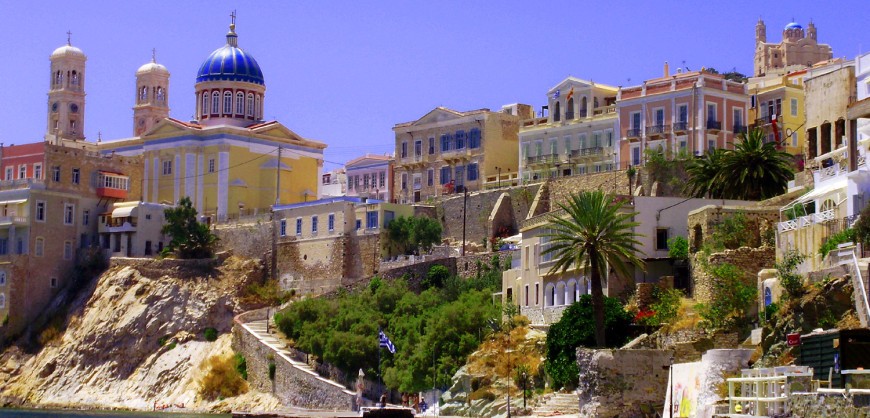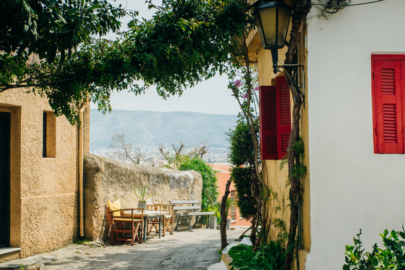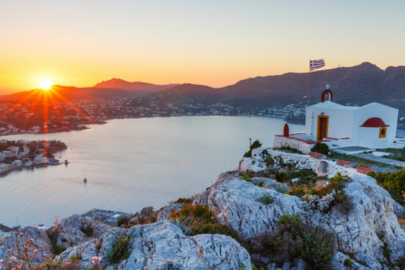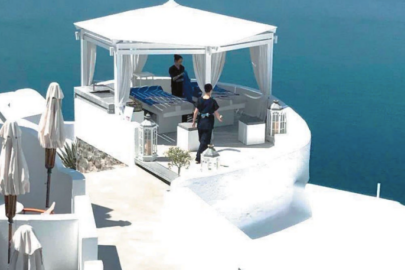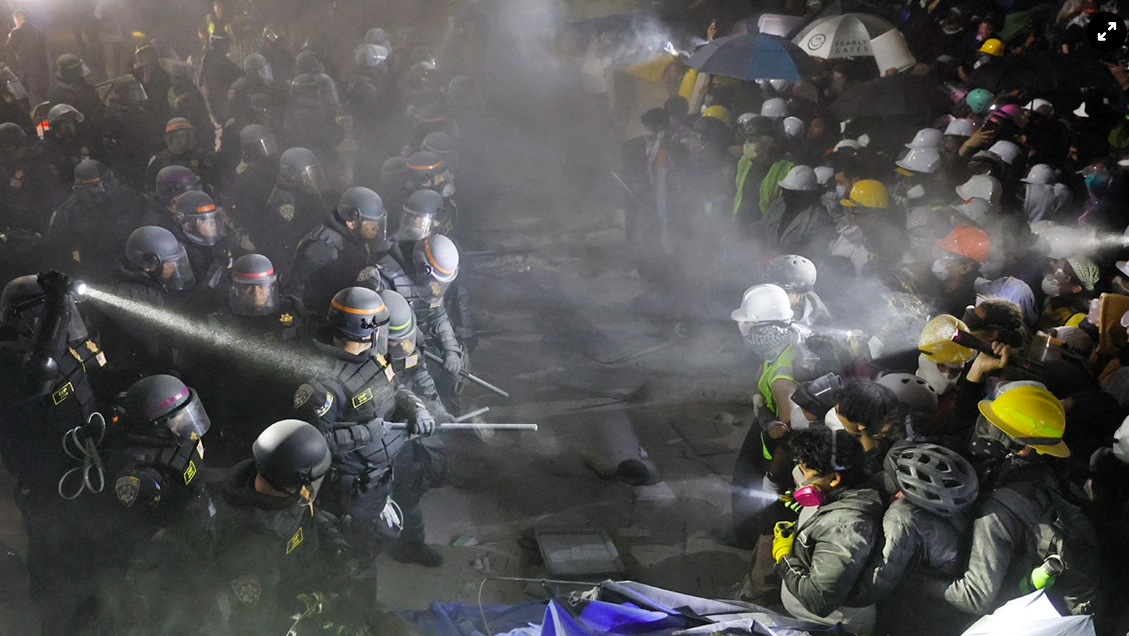The European Commission and Europa Nostra revealed recently the winners of the 2015 European Union Prize for Cultural Heritage / Europa Nostra Awards, considered Europe’s most prestigious prize in the heritage field.
The 28 award winners, selected from 263 applications submitted by organizations and individuals from 29 countries, are honored for outstanding achievements in four categories: 1) conservation, 2) research and digitization, 3) dedicated service to heritage, and 4) education, training and awareness-raising.
The list of this year’s winners includes three Greek projects, namely Antouaniko Mansion in Chios, Hermoupolis digital Heritage Management in Syros and the Restoration of Lasithi Plateu’s Windmills with perforated sails in Crete.
“This year’s winners are powerful examples of creativity and innovation at work for Europe’s cultural heritage. They also demonstrate that heritage matters to Europe and its citizens. We trust that, under the leadership of President Juncker and Commissioner Navracsics, the European Union’s strategy for an integrated approach to cultural heritage will be further developed and implemented,” said Plácido Domingo, the renowned opera singer and President of Europa Nostra.
The European Heritage Awards Ceremony will take place on 11 June at the Oslo City Hall and will be co-hosted by Fabian Stang, Mayor of Oslo, Tibor Navracsics, European Commissioner for Education, Culture, Youth and Sport, and Plácido Domingo. At the ceremony, seven of the selected winners will be named as Grand Prix laureates, receiving €10,000 each, and one will receive the Public Choice Award, chosen in an online poll conducted by Europa Nostra.
Read below the description of the three Greek projects that stood out this year, as presented at the Europa Nostra’s official site
ANTOUANIKO MANSION, CHIOS
The rehabilitation project of the Antouaniko mansion, situated in one of the most distinctive and characterful cultural landscapes of Europe, succeeded in reinstating a complete example of the unique mixed character of this historic complex, combining residential and agricultural uses. The Jury especially appreciated the high quality of the restoration work, which comprised the recovery of traditional building techniques and pre-industrial agricultural systems, the employment and enhancement of local craftsmanship, as well as the renewal of the original relationship between built and natural environment. The Jury regarded the project as a model for similar works, which will be necessary if the authenticity of this valuable historic area is to be maintained.
HERMES: HERMOUPOLIS DIGITAL HERITAGE MANAGEMENT, SYROS
The scientific and technical sophistication of this project commended it strongly to the Jury. The relatively short history of Hermoupolis does not make its architectural value less significant, and has enabled an amazingly detailed and accurate set of data to be compiled. The project is a model to promulgate the value of digitisation in the collection and maintenance of intelligence about Europe’s architectural heritage, and ways in which our understanding of the complexity of the past and our response to it in future can be developed and become a basis for action.
RESTORATION OF LASITHI PLATEAU’S WINDMILLS WITH PERFORATED SAILS, CRETE
The Jury were full of admiration for this ingenious idea for improving the efficiency of a remarkable collection of windmills – and possibly also restoring many redundant mills to new life and productivity. The careful methodology of the improvements means that the holes in the sails are virtually invisible to the naked eye below. It is clear that the renewed use of these windmills, spinning round across the landscape, would not only improve local agriculture and aesthetic, but also provide an ecologically sound technique for mill restoration and re-use elsewhere in Europe.

